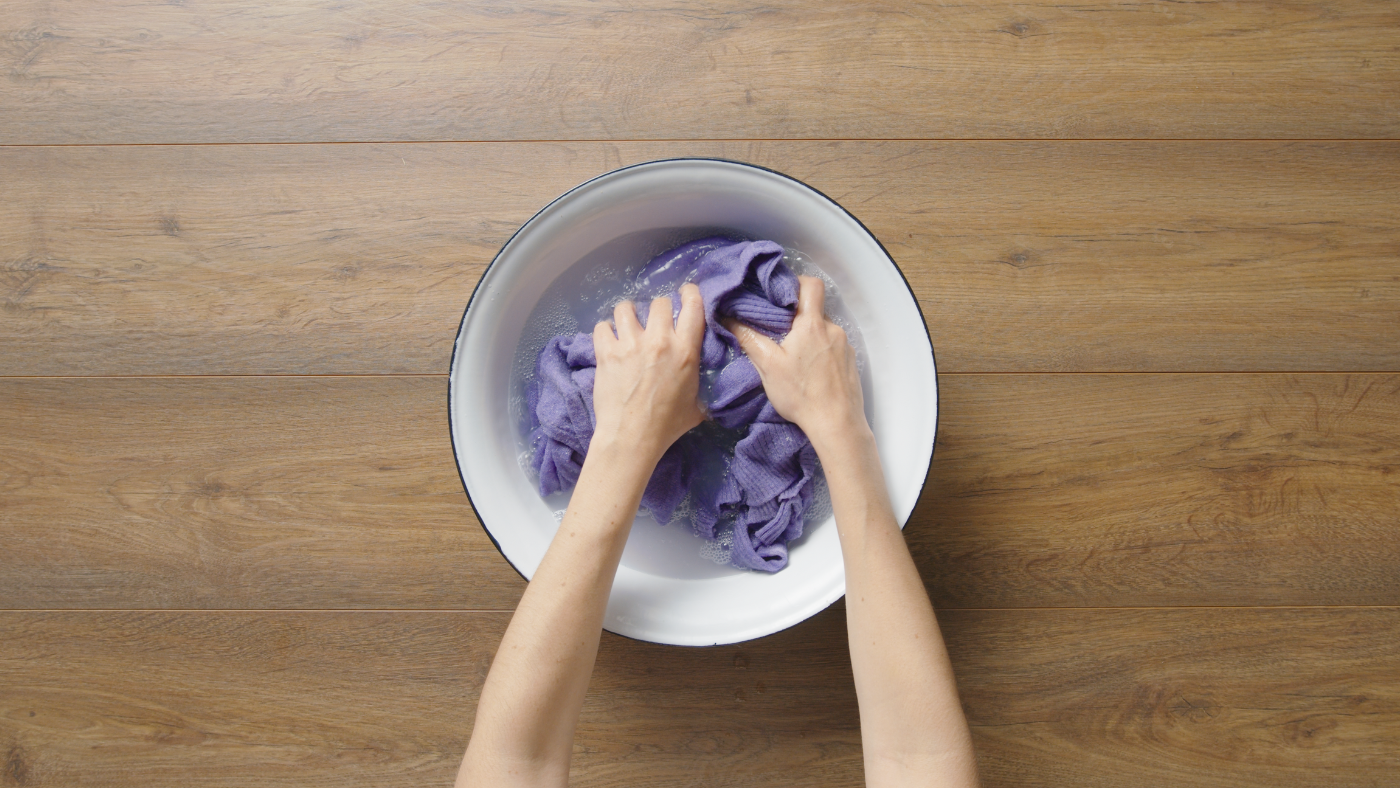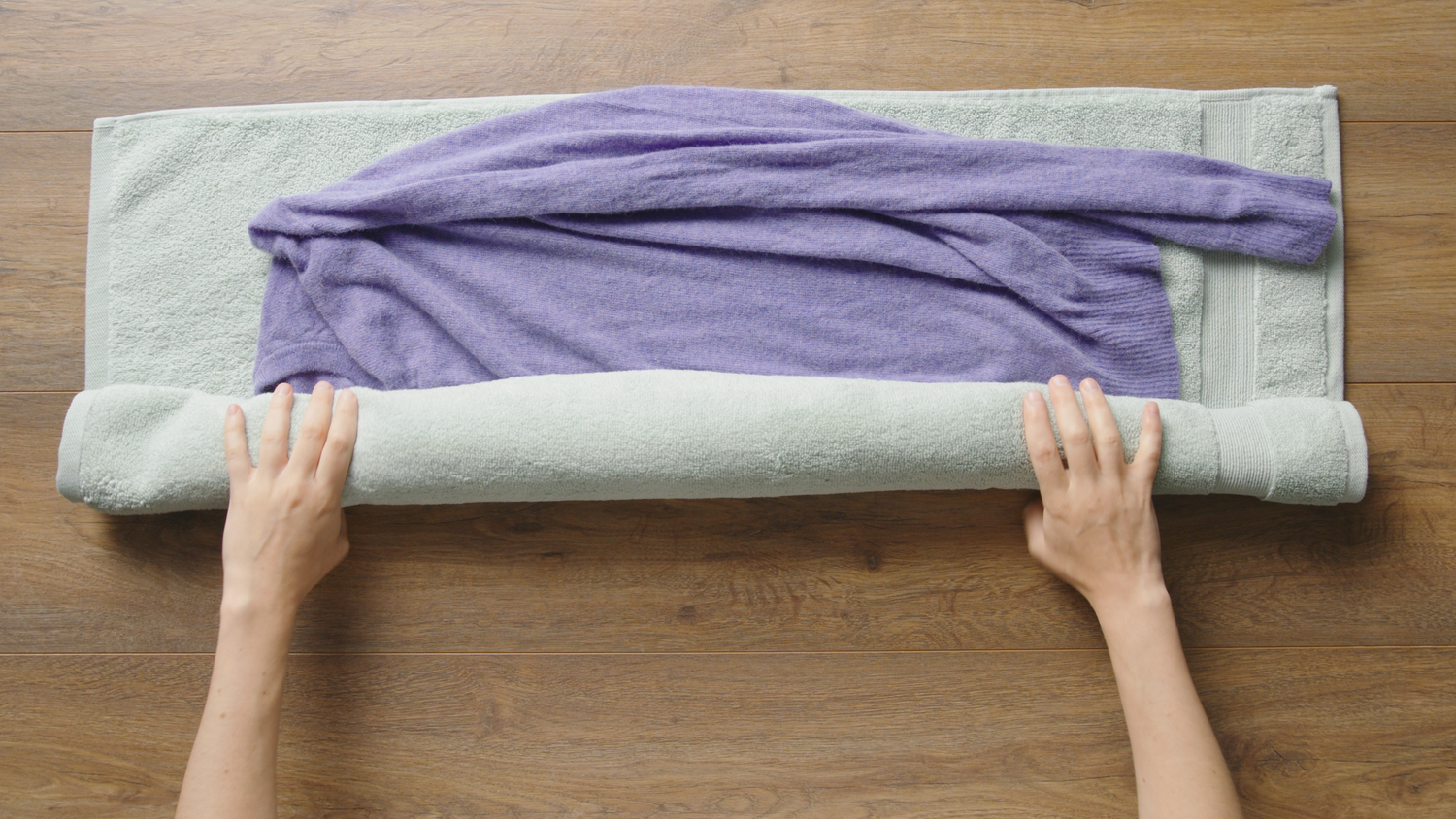Taking care of your Knitwear
It is not necessary to wash your wool knit after every wear. Frequent washing can cause damage and fading. Wool is a natural product which is resilient and has the potential for a long and useful life. With care and attention, you can safeguard your knitwear and it will last for season after season.
FRESHENING BETWEEN WEARS
If your knit picks up smells or odours throughout the day, (e.g., from perfume or cooking), you can let it air outside, flat and away from direct sunlight.
SPOT CLEANING
In the event of a spill, quickly blot before the stain sets, do this by simply patting the area with a paper towel or cloth. Try not to rub or agitate the fabric, so as not to felt or weaken it. For food spills, brush off the food as best you can, and gently clean the area with a moist cloth. Use cold water to avoid expanding the fibres, they may then shrink as they cool down
DE-PILLING
Pills, or small balls of fluff, may develop on the surface of your knitwear over time, especially in areas that receive frequent day to day abrasion such as the sides of a sweater that rub against your arms when you move.
These little balls of fluff are synonymous with natural fibres and not a quality issue. We recommend you use a de-pilling comb or fabric shaver to remove them. Gently glide the comb in one direction over the pilled area to remove the pills. Any electric or rechargeable shaver will do the trick even faster. You don't need to spend a ton of money on them either as they all work the same.
WASHING
Check out IrelandsEye Knitwear's guide to washing your woolies:

STEP 1: HANDWASHING YOUR KNITWEAR
When washing your knitwear and wool sweaters, it's important to handwash them. Never machine wash as it can cause shrinkage. Lukewarm water is most suitable for wool as very hot or cold water may compromise the shape and size of your knitwear pieces.
Top Tip: When washing your knitwear pieces, it's important to wash them one at a time to avoid any colour mixing.
STEP 2: RINSING YOUR KNITWEAR
When washing your knitwear, only use a small amount of detergent, as too much can be difficult to rinse from your knitwear and wool sweaters, which may leave them feeling coarse.
Top Tip: You should never wring or scrub your wool knitwear as this can cause pilling and stretching.

STEP 3: DRYING YOUR KNITWEAR
The most important guideline to follow when it comes to drying your knitwear and wool sweaters is to never put it in a tumble dryer as this will cause it to shrink. To remove excess water from your knitwear, roll your garment in a towel and gently squeeze all of the water out. Dry your knitwear by laying it flat across a clothes rail.
Top Tip: It's important not to hang your knitwear and wool sweaters to dry as this will cause stretching. If your knitwear needs to be reshaped, do this while it is still damp.
STORING YOUR KNITWEAR
The best way to store your knitwear and wool sweaters is to fold them. When storing sweaters it is best not to hang them as it will cause the shoulders of a sweater to stretch and the weight will stretch the body length. If you are storing your knitwear for the summer, we recommend putting them in breathable bags to avoid any mildew.
Top Tip: If you are storing your knitwear away for the summer, put a sachet of lavender in with them, this will keep any little bugs away!




